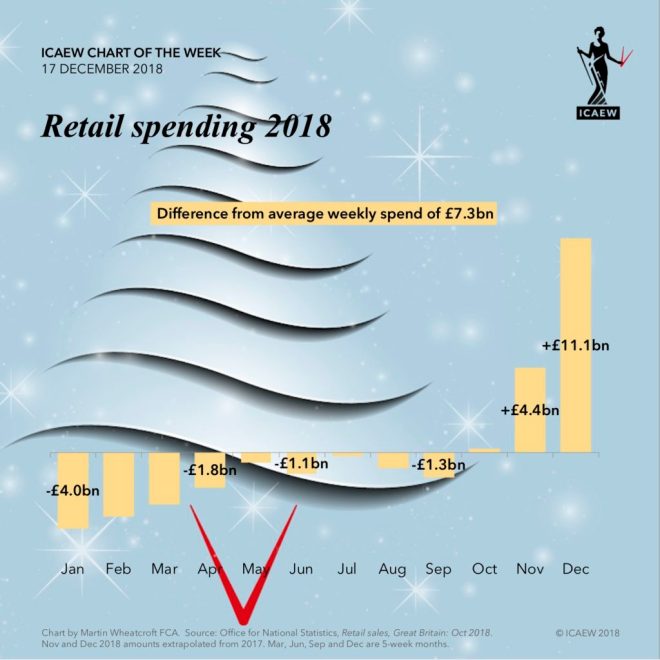Commenting on the public sector finances for December 2018, published today by the ONS, Martin Wheatcroft FCA, advisor to ICAEW on public finances, said:
“As predicted going into 2019, the public finances are continuing on an improving trend. However, with Brexit looming ever closer and a deal yet to be agreed, there are significant downside risks to the forecasts for the 2019-20 financial year, scheduled to start just two days after the UK plans to leave the EU on 29 March 2019.
The gap between government revenue and public spending is currently expected to narrow to less than £3bn a month in 2019-20, assuming a transition period that maintains the UK’s position in the Single Market until the end of 2020. A disruptive break in the UK’s trading relationship with European markets could adversely affect both tax receipts and expenditures. Some tough decisions would be required in the resulting second Budget that the Chancellor indicated in November 2018 would be necessary if the Brexit deal was not accepted by Parliament.
The attitude of debt investors to the developing situation will also be important as the government needs to refinance £200bn of its existing debt over the course of 2019 and 2020, in addition to raising £100bn in new finance. Higher costs for government borrowing are a real possibility.
Until there is greater clarity from Parliament and the EU on a new plan for Brexit, the outlook for the public finances will remain uncertain.”







